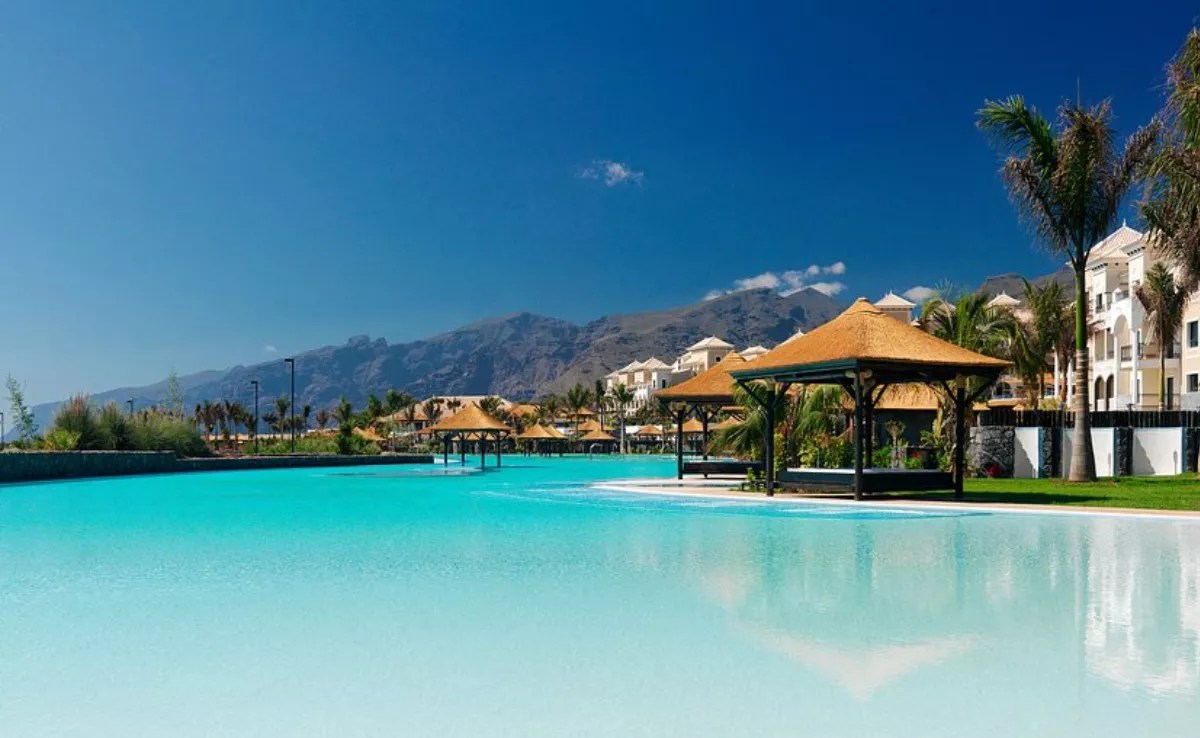He Life Garachico project keep taking steps to get started an early warning system days of strong waves and possible coastal flooding. The removal of the device for four months has studied local currents will allow you to work with a lot of data that will serve to fine-tune a tool that through background, observations, cameras, buoys, data and artificial intelligence aspires to avoid the damage that historically caused by sea shocks in this town on Isla Baja.
Life Garachico began in 2020, will conclude in 2026 and has a financing of 2.6 million euros by the European Commission, the Government of the Canary Islandsthe Cabildo de Tenerife and the municipalities of Garachico and Puerto de la Cruz. Based on the experience gathered in Garachicoits goal is to create a system that allows minimizing the negative effects of maritime storms in the most exposed areas of the Canary Islands, Madeira, Azores or Cape Verde, as well as in other areas of Europe.
The extraction of AWAC 600 current meterwhich was anchored off the coast of Garachico since January 7, occurred on April 28 and, according to sources from the Life project, “This device was essential to measure the speeds and directions of the currents and waves in the area during these months, which will make it a key tool to analyze and calculate the risk of flooding”. In a complementary way, “the training with artificial intelligence (AI) of the cameras located on the coast of the municipality is being carried out, with the aim of providing real-time data of the marine variables that allow them to act as a fixed current meter. This technological advance will mean greater precision and speed in data collection, which will allow better decision-making for risk prevention.”
The European Life Garachico project works to predict the days of strong waves on the Isla Baja
This current measuring device it will anchor again next winter, between 2023 and 2024, “to further improve the accuracy of the predictions and confirm the calibration of the system. This will allow us to have more reliable information and make more accurate decisions in the future.”
This project has a total of 11 partnerswhich are the Ministry of Ecological Transition, Fight against Climate Change and Territorial Planning of the Government of the Canary Islands; he Council of Tenerife; the two aforementioned town halls; he Institute of Environmental Hydraulics of the University of Cantabria; the public company Cartográfica de Canarias SA (grafcan); he National Laboratory of Civil Engineering of Portugal; the group swallow; the University of La Laguna; the EVM Group, a consultancy specialized in the digital transformation of companies and organizations, and Elittoral, an environmental consultancy specialized in the coastal and marine environment.
















